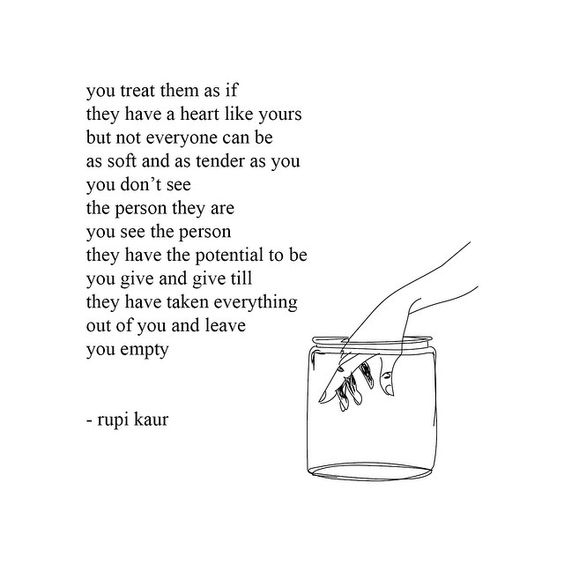It’s late at night, and I’m huddled on the bottom bunk of my bed at my family’s condo up in the mountains, too large now to sit comfortably in the small crevice between the top and bottom beds, but too engrossed to move. I’m reading Rupi Kaur’s book of poetry, “milk and honey,” eyelids heavy after a long day but somehow unable to close completely. Her words seem too important to stop reading. I stay up until I’ve finished the whole book of poems, each one as honest and heart-wrenching as the last. I close the book and sit in the darkness, left numb by the fierce poignancy of her words. Kaur’s poetry tackles subjects like relationship violence, heartbreak and substance abuse, ending in a remarkable celebration of love at its best and purest.
The back cover of her book reads:
“this is the journey of
surviving through poetry
this is the blood sweat tears
of twenty-one years
this is my heart
in your hands
this is the hurting
the loving
the breaking
the healing”
The book itself has four parts, (as delineated on the back cover of the book): “the hurting,” “the loving,” “the breaking” and “the healing,” and it takes the reader through these phases in a delicate, carefully crafted way. The poems were especially powerful in their specific yet universal word choice, sometimes documenting experiences I’ve never had but eliciting emotions that most everyone can relate to. Part of the power of the book is also the drawings that accompany many of the poems, which add another layer to the meaning of Kaur’s words.
Rupi Kaur started out as an Instapoet — a writer who publishes their poetry on Instagram and builds up a following through the social media platform. This was an entirely new phenomenon to me — I’d never heard of this type of poetry, and I was initially taken aback. Perhaps this is because the cliché image I have in my mind associated with reading poetry is one in which I’m sitting in a cozy armchair, sipping a mug of tea on a rainy day and turning the pages of a book I recently bought at a secondhand bookstore. But perhaps this is not the only way to consume poetry effectively. Perhaps it is time to discover new ways to share and consume poetry in our rapidly progressing society.
These days, I think some people think of poetry as a somewhat antiquated art form, a form of expression that is becoming less and less relevant in our commercial, technologically advanced society. But the trope of the poor poet struggling to make ends meet is challenged by Instapoets like Rupi Kaur, Lang Leav and Tyler Knott Gregson. These poets have written some of the top-selling books of poetry in the United States and have huge social media followings.
Though we tend to separate social media and technology from art forms like poetry, the use of platforms like Instagram clearly has become an effective way to merge poetry with the online world. And clearly, books of poetry themselves aren’t vanishing — these Instapoets are still publishing work in hard-copy versions — but the social media presence is an effective way of attracting more of a following and of publishing work in an authentic and organic way.
The Instapoetry movement is also a powerful way of combining words and images in one cohesive feed as well as starting online conversations about controversial topics. For example, Rupi Kaur published an image on her Instagram that went viral featuring herself in a pair of sweatpants, with a period stain visible on the pants and bed. Not only does this image complement Kaur’s poems about femininity and strength in a very powerful way, but it also highlights the ability of this type of social media “artwork” to spark conversation. Instagram temporarily removed this image from their site, prompting many online news sites to post articles about the social stigma around menstruation.
Social media sites like Instagram tend to get bad raps for being superficial, for fostering a space where teen girls can posts selfies of themselves in the hopes that their peers will validate their images through comments and likes. But to me, Instapoetry is proof that social media can foster much more than just surface-level, superficial discussion: it can also be a place where a community of writers and readers can come together to share work and ideas. Instapoetry is a reminder that while there are drawbacks to the uber-connected internet world of the 21st century, the online sphere can serve as a pretty powerful place for human connection.
Contact Julie Plummer at jplummer ‘at’ stanford.edu.
